77 F. high on Sunday
80 F. average high for August 19.
84 F. high on August 19, 2011.
9.75" rain since June 1.
11.06" average rainfall between June 1 and August
18. We are running a 1.31" rainfall deficit since the start of
meteorological summer in the Twin Cities.
Thursday night:
next chance of heavy showers and T-storms.
827 cooling degree days since June 1.
575 average number of cooling degree days from June 1 - August 18.
44% energy consumption to cool our homes and businesses is running nearly 44% above average since June 1. Source:
Twin Cities National Weather Service.
Warming Trend. No oppressive 90s are brewing, but we
will see 80s by midweek, dew points topping 60 the latter half of the
week. No, it's (way) too early to write off summer.
Today's Weather Map. The WRF model, valid 4 pm
today, shows very heavy showers and T-storms capable of flash flooding
along the Gulf Coast, the best chance of pond-size puddles over the
Florida panhandle. Spotty showers and T-showers are possible from the
Midwest into the Mid Atlantic states, more (monsoon) T-storms over the
four-corners region of the southwest.
5-Day Rainfall. NOAA HPC models predict some 3-5"
rainfall amounts over the Florida panhandle, some 3"+ rains over the
Oklahoma panhandle. The far west remains (very) hot and dry.
Dry Into Most Of Thursday. Your outdoor plans are
not in grave peril until late Thursday, another chance of heavier, more
widespread rain Saturday night into Sunday.
A Minnesota State Fair App? Hey, why not. What caught my eye about the
State Fair App
(other than making it easy to find the Grandstand entertainers you
really want to see...is a feature to track down new heart-healthy foods
on a stick. I tried it, and slobbered all over my iPhone. Not good. The
fair kicks off Thursday. How is that possible?
"Helene"? The GFS forecast for Sunday night
(midnight) shows a possible tropical disturbance (storm?) hugging the
northern coastline of Cuba. This far out this is more of a guess than a
forecast, but residents of Florida and the Caribbean need to keep an eye
on this.
Tropics Heating Up.
NHC
in Miami says there's an 80% probability that an area of disturbed
weather in the mid-Atlantic will strengthen to tropical storm status -
possibly "Helene".
“
The late-day pasting-on of revenue programs to pretty products
makes monster hybrids, and that just makes a lot of Dr. Frankensteins
sad. It’s a little galling after they’ve all made it clear just how
revolting they find advertising to find them circling back around
later.” - from a gigaom.com article below focused on the challenge
of successful advertising business models in a world increasingly
composed of social media streams of data.
Drought Exposes Sandbars Along Rivers, But Experts Warn Of Quicksand-Like Problems. Quicksand, along the banks of the Mississippi River? Good grief. Here's an excerpt from
The Washington Post: "
A
lack of rain in the United States’ midsection in recent months has
reduced water levels in some of the nation’s biggest rivers, exposing
sandbars that experts warn could be deadly quicksand. Rivers such as the
Mississippi and Missouri are typically low in August, but this year’s
drought has them at their lowest point in decades. The sandbars that
are revealed look like beaches, inviting boaters, fishermen and hikers
to venture out. Experts agree that can be a very bad idea."
Photo credit above: "
A plume of water at the end of the
discharge pipe aboard the Dredge Potter on the Mississippi River near
St. Louis, Aug. 17, 2012. The river is affected by the ruinous drought
across much of the Midwest, with some stretches nearing the record
low-water levels experienced in 1988." (John Schwartz/The New York Times).
 The Cost Of Cool.
The Cost Of Cool.
I'm feeling better about my busted A/C unit. It's a fact of life: human
productivity seems to suffer when air temperatures exceed 78-80 F.
People tend to become easily distracted. As the planet warms more people
(worldwide) are turning on air conditioners, which requires more
electricitiy, more burning of fossil fuels to keep people comfortable,
which releases more emissions which warm up the atmosphere even more.
Another unpleasant "feedback effect" which has scientists concerned.
Here's an excerpt of an article at
The New York Times (subscription may be required): "
Fact 3: Scientific studies increasingly show that health and
productivity rise significantly if indoor temperature is cooled in hot
weather. So cooling is not just about comfort. Sum up these facts and it’s hard to escape: Today’s humans probably need
air-conditioning if they want to thrive and prosper. Yet if all those
new city dwellers use air-conditioning the way Americans do, life could
be one stuttering series of massive blackouts, accompanied by disastrous
planet-warming emissions. We can’t live with air-conditioning, but we can’t live without it."
Threatening Sky. Here's a photo of the strong
thunderstorm that swept across Lake Superior into Ashland Wisconsin.
Details from photographer and weather enthusiast Migizi Gichigumi from
WeatherNation TV's FB page: "
Thunderstorm over Ashland,Wisconsin. 8/18/12. the same storm that lightning struck a sailboat on lake superior."
A Little Close For Comfort. Details from the New Orleans office of the
National Weather Service: "
A
fire started by a lightning strike broke out at a chemical facility in
Belle Chase yesterday was caught on camera. This picture shows the
importance of seeking shelter indoors when lightning is striking around
you!!"
Monsoon Sunset. Here's a wild shot, caused by nearby
thunderstorms whipping up dust and sand, all set against a setting sun.
Details from Lisa Liu and
WeatherNation "
Monsoon
skies at sunset in Glendale, Arizona tonight. I stood a few feet
behind my daughter when I was taking this picture – she was getting her
own shot of the sunset. Another photographer in the making."
"The Wedge". No, not for the faint of heart, but it made for a spectacular photo. Thanks to Jim Grant and
WeatherNation TV for sharing this one: "
Nice
Surf at The wedge in Newport Beach …The Wedge is a very dangerous
shorebreak beach….This surfer was in no more then 2-3 feet of water….."
The Majesty of Denali. From Denali National Park and Preserve, via
Facebook: "
Something
about the clouds and the low-angle August light this morning brought
out the rugged character of North America's highest mountain. ~SW."
Remembering The Flood Of 2007: Repairs To City Cost $40 Million; $1.4 Million In FEMA Money Undelivered. 5 years ago Rushford, Minnesota was inundated by an historic flash flood.
The Winona Daily News has a follow-up on the flood, aftermath and recovery - here's an excerpt: "
RUSHFORD,
Minn. —The city aged about 50 years in a few days in August 2007. The
flash flood left parts of Rushford underwater for days and damaged much
of its public infrastructure. The city has spent nearly $40 million
since on recovery projects. The result: Most things in Rushford are new.
“They say sometimes it takes a flood to clean up a town,” said Jeff
Copley, the city’s public works director.
Long road to recovery
The city has slowly made its way through a long list of repair
and rehabilitation projects. Many costs were covered by FEMA or state
grants or donations, but the city paid its share, too. The city spent
$4.2 million, split between a loan and bonds, on a 2009 street, water,
sanitary and sewer repair project."
Hurricane Andrew: Had Enough Tropical Terrors' For A Lifetime.
Here's a flashback and follow-up to a small but devastating hurricane
that hit south of Miami 20 years ago; an excerpt of a story at
TCPalm.com: "
The
Cat. 5 horror named Andrew that devastated South Dade, 20 years ago
Aug. 24 changed many lives. Mine was one of them. At the time we were
privileged to live in the City Beautiful — Coral Gables, where I was
executive director of communications for a multinational — Junior
Chamber International. Coral Gables was very lucky, because it only
received glancing blows from Andrew. However, South Dade was far less
fortunate. While we still had power, all night we heard about the
destruction and devastation everywhere along Andrew's terrible path. No
reports or even media coverage once we regained power many stifling
days later could prepare anyone for the unbelievable catastrophic power
of the storm to pulverize all in its way." Image above: NASA.
Subject: Weather tip from the bear center in Ely
Paul,
"The bear researchers in Ely told us last week
that the bears were scouting their dens for winter earlier than usual.
Thought this might make an interesting feature."
Richard Ridgeway
Thanks Richard. I stand by my winter outlook: "colder with some
snow." Beyond that it's anyone's guess. And I do mean guess. Scientists
believe we're heading into a mild to moderate El Nino warming of Pacific
Ocean water, which correlates with milder winters for Minnesota and
northern tier states. Then again, winters have been trending milder in
recent years, especially since 1998. I like snow. I hope we see a lot of
snow. I can live without the -20 F. readings, but 20s and heavy snow?
Bring it on.
What Happens To Advertising In A World Of Streams? It's
amazing to me how many new and "revolutionary" services depend on
advertising to survive. Can they all make it over the finish line?
Doubtful. Here's an excerpt of a thought-provoking article at
gigaom.com focused on advertising in a world of (social media) streams: "
It’s
no secret that more and more of the content we consume is coming in
the form of constantly updated real-time streams, never-ending rivers
that pour through Twitter and Facebook and aggregation apps like
Flipboard. It’s not a new phenomenon, but there’s no question it has
been accelerating, and new offerings like Medium
— the publishing platform from Twitter co-founders Evan Williams and
Biz Stone — as well as others like Pinterest and BuzzFeed and Tumblr
have helped ramp up the rate of adoption, as has the increasing shift to
consuming content on mobile devices. As appealing as these kinds of
services are for users, however, they still have to be paid for
somehow, which raises the question: What happens to advertising in a world made of streams?"
"Winterover": A Novel. "What would you become with
no sun at the coldest place on Earth". That's the question posed by
Ashley Shelby, journalist and author of "Winterover". She's soliciting
funds via
Kickstarter
for her latest project, which is very ambitious, and as a
meteorologist, I am definitely curious to see what Ashley will come up
with. Full disclosure: Ashley is Don Shelby's daughter, in fact both
daughters are working on this project. What will she do with the funds? "
Pretty
simple. I will get the work edited. I'm an editor myself, by trade, so
I know that you cannot--or should not--impose your work on anyone
without first putting it in front of a brilliant and, frankly, ruthless
editor. And yes, this is how much it costs to hire a good editor for a
book of about 400 pages (I bask in the irony of being an editor unable
to afford the prices of her own services!) With any money left over, I
will also build a website for the book. And then I will lean heavily
on my contacts in the New York publishing world, including a handful of
agents who have already expressed interest in the book, to get this
thing into the hands of people who like funny novels with serious
undertones set in weird locations and populated by nailheads, beakers,
artists, cooks, tech geeks, power plant managers, sociologists, and
other denizens of the edge of the world. Can't guarantee a book deal,
but publishing this myself will always be an option on the table."
Sunday Highs. If you're looking for a good source of current conditions, or statewide highs/lows/precip, check out the latest from
MesoWest. The map above shows Sunday highs.
Sun-Sational Sunday. After a less than perfect
Saturday (late day showers and thunder) Mother Nature made ammends
yesterday with bright sun, a gentle north breeze, and low humidity
levels. August is a wondrous month, and yesterday was Exhibit A.
Paul's Conservation Minnesota Outlook for the Twin Cities and all of Minnesota
TODAY: Sunny, comfortable. Dew point: 45. Winds: N 8. High: 76
TONIGHT: Clear and cool - open up the windows wide. Low: 54
TUESDAY: Bright sun, take a comp day. High: 78
WEDNESDAY: Partly sunny, warmer. Dew point: 55. Low: 59. High: near 80
THURSDAY: Sunny start, late storm? Dew point: 61. Low: 64. High: 83
FRIDAY: Muggy, T-storm risk. Dew point: 64. Low: 66. High: 84
SATURDAY: Better day for The Minnesota State Fair. Dew point: 65. Low: 67. High: 86
SUNDAY: Steadier rain, few T-storms possible. Low: 64. High: 75
* Cooler air returns next week, with highs in the 60s and low 70s.
2017 A Weather Odyssey
Five years from now: your smart phone wakes you
up with a weather forecast for your commute. "Leave 5 minutes early; wet
roads causing slow-downs on 494". Imagine Apple's Siri, but this voice
takes all the weather mysteries out of your day. "Rain ends by 10 am.
Dry and 73 for outdoor lunch in Bloomington...80 percent chance of
strong storms after 6:30 pm. Mow the lawn tomorrow. Sorry." It's your
own personal weather assistant, and it will follow you everywhere,
anticipating your needs, warning you and family members when severe
weather swirls down your street.
Today meteorologists provide the big picture; a
statewide overview. But the forecast often changes from town to town. My
outlook: hyper-local, personalized weather in your car, boat and TV;
all driven by sophisticated apps.
Stay tuned. It's coming.
Have we had a lousy Monday this summer? I can't
remember one. Bright sun today gives way to a warmer front this week.
80F is possible by Wednesday, mid 80s by late week. A storm is possible
by Friday; a chance of steadier, more widepread rain by Sunday. Cooler
air returns next week - another premature puff of September.
Hey Siri, will we have a rough winter?
"No comment."
Climate Stories:
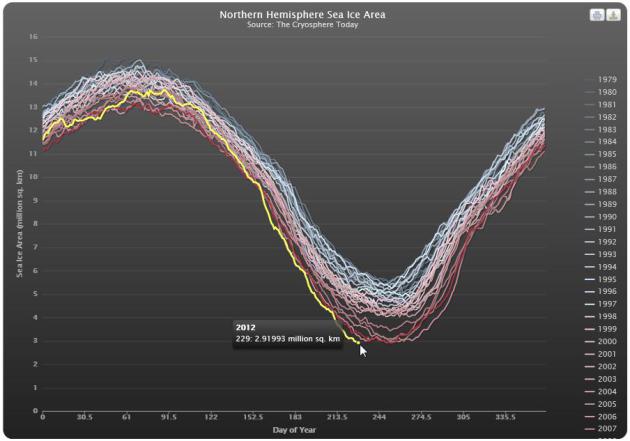 New Arctic Sea Ice Minimum?
New Arctic Sea Ice Minimum? We're getting very, very close. Data courtesy of
Cryosphere.
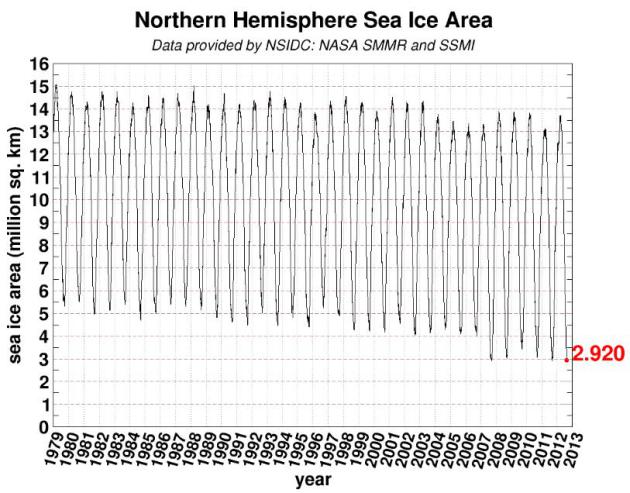 Troubling Trends
Troubling Trends. Here's another perspective on the loss of arctic sea ice; data courtesy of
NSIDC: NASA
SMMR and SSMI.
FutureDude And Climatologist John Abraham, Part 2.
Here's an excerpt of the second part of an interview between futurist
Jeff Morris and St. Thomas climate scientist John Abraham at
futuredude.com: "
Tell me about four and five degree changes. What would we see?
"
Before climate change, the drought we had this year would have
been a one in 300-year occurrence. And it’s now a one in 10 to 20-year
occurrence. So, it’s making these things much more common. And as we go
further, this drought will become the standard.
How will society react to that? It will be tough.
There are two studies that just came out in the last month that
have shown very conclusively that the number of extreme weather events
has increased and gotten more severe. One came out of NASA and the
other came out of NCAR — the National Center for Atmospheric Research.
They didn’t even include this year’s data. It’s not just that this is
what climate change is like. This will be a good year in the future."
So, if the climate changes slowly, we could be lucky and still fix things. What if it shifts rapidly?
"
If we pass a ‘tipping point’ — like the full release of methane
in Siberia — we may not be able to regain control. We can still do
something about it right now."
Climate Change: How Toronto Is Adapting To Our Scary New Reality.
The farther north you go, the more dramatic the warming has been over
the last 30-40 years. Here's an excerpt of a story from Toronto's
thestar.com: “...
We
wanted to get a better understanding of the weather patterns, in
particular the extreme weather events that we are likely going to be
experiencing as a result of climate change for the Toronto area through
the period 2050,” says TEO director Lawson Oates. “If we generally look
at, you know, there'll be an average one degree increase Celsius,
people have the sense well, that's manageable. But if you look at an
extreme event, that's where the real concern is, both the
infrastructure side and also the impacts on vulnerable populations.”
When Robert Sandford considers a one degree temperature increase, he
ponders the Clausius-Clapeyron relation — formulated in the mid-19th
century by a German physicist and a French railway engineer. “What they
calculated was that the amount of water the atmosphere can hold
increases by about seven per cent per degree Celsius,” he says. “You can
see what that means. You could actually model how much atmospheric
moisture there will be in a warmer atmosphere.”
Photo credit above: "
A washed out section Finch Ave. W., west of Keele St., is seen from a helicopter in August, 2005." Lucas Oleniuk/Toronto Star.
Once analyzed, the data
show a clear trend. According to Greg Breed, lead author on the study
and a post-doctoral fellow at the Harvard Forest in Petersham, Mass.,
"Over the past 19 years, a warming climate has been reshaping
Massachusetts butterfly communities." Subtropical and warm-climate
species such as the giant swallowtail and zabulon skipper—many of which
were rare or absent in Massachusetts as recently as the late 1980s—show
the sharpest increases in abundance
Read more at:
http://phys.org/news/2012-08-massachusetts-butterflies-north-climate-video.html#jCp. Here's an excerpt from
cleantechnica.com: "
At
a twin-unit nuclear power plant in northeastern Illinois, the weather
recently became so hot that the temperature of the cooling pond of the
plant exceeded the level permitted, at 102 degrees. The permitted level
was originally 98 degrees, and has been increased to 100 degrees."
Climate Sanity And The Necessity Of Fully-Burdened Cost And Benefit Analysis.
This is a bit technical, but it's a worthy read, especially the next
time you hear a skeptic, cynic (or full-blown climate denier) talk about
"it's too expensive for us to do anything about". Here's an excerpt
from a recent post at
getenergysmartnow.com: "...
To
date, those industries profiting from fossil fuel dependency have been
effective articulating and reinforcing the message that addressing
climate change will create widespread economic costs. Study-after-study
appears ‘proving’ that climate policy will result in massive
unemployment and damage the economy for decades to come. Coupled with a
message of uncertainty over the soundness of the science of climate
change, this strategy has effectively undermined attempts to pass
federal limits on greenhouse gas emissions. At the same time, advocates
for climate policy have unwittingly reinforced this message that
climate policy must be costly. In the most recent campaign to pass
climate legislation in Congress, following a Congressional Budget
Office (CBO) analysis of the Waxman-Markey “American Clean Energy and
Security (ACES) Act,” climate
advocates gleefully announced that contended that ACES would achieve
its objects ‘for the cost of a postage stamp a day’ per family.
While clearly aimed at diffusing the notion that climate policy would
be prohibitively costly, the message explicitly yielded the argument:
climate action will “cost” Americans and the only argument is over how
much."


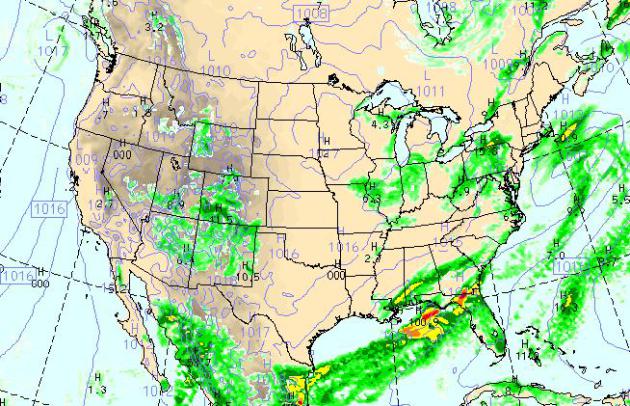
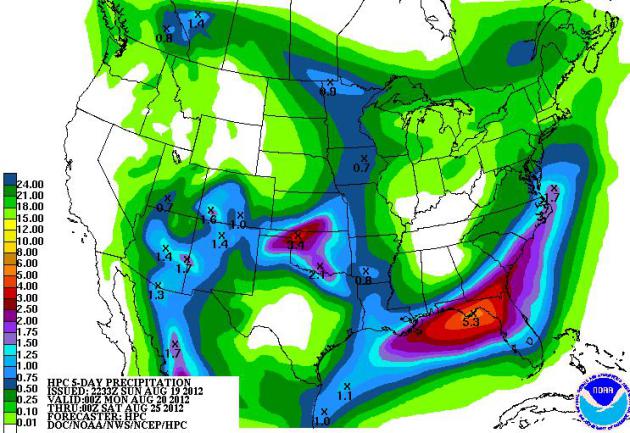



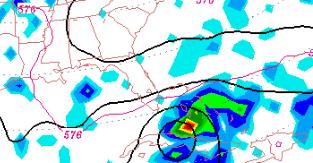
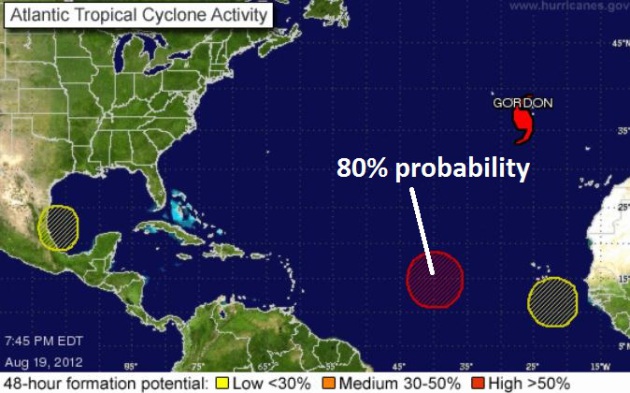

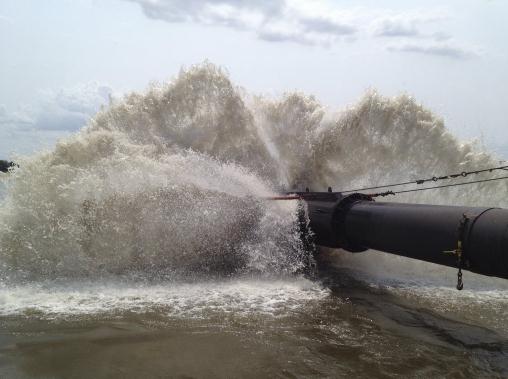






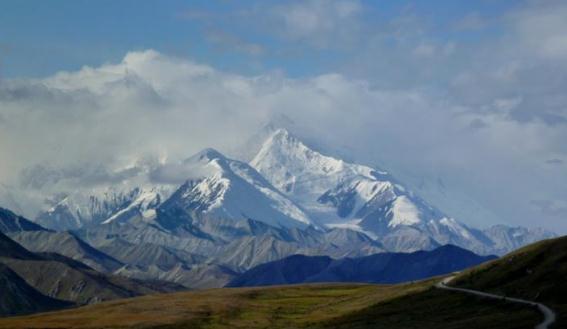




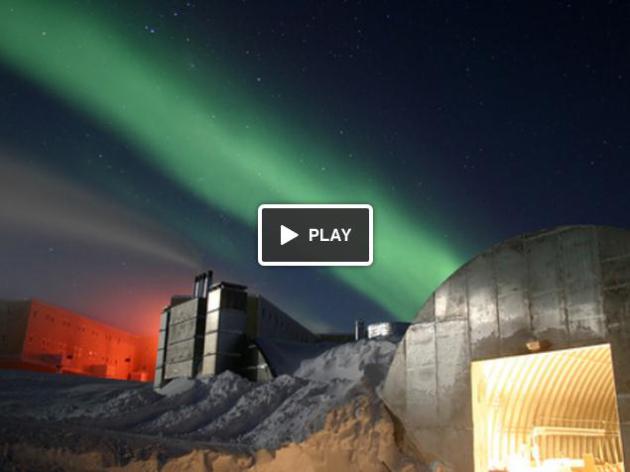

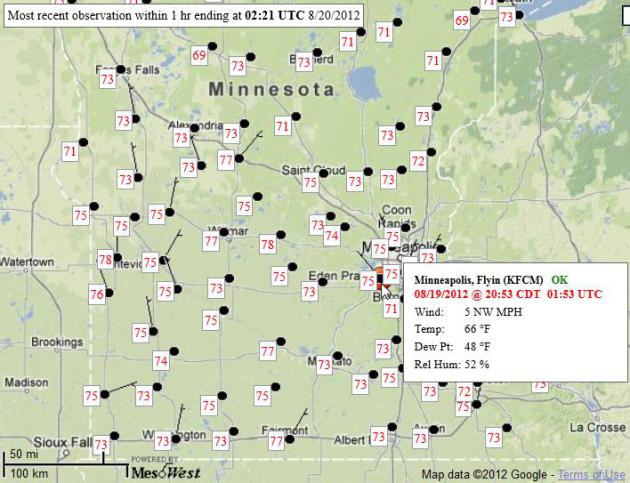
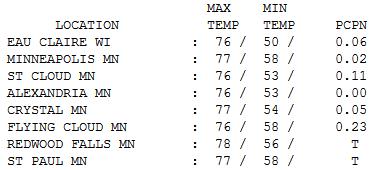

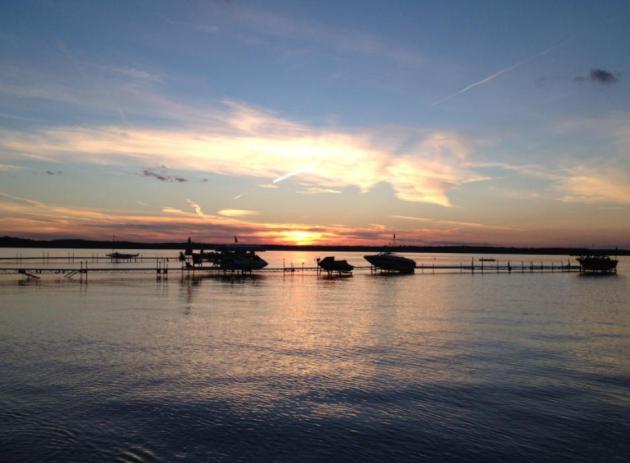





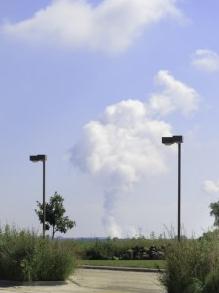

No comments:
Post a Comment